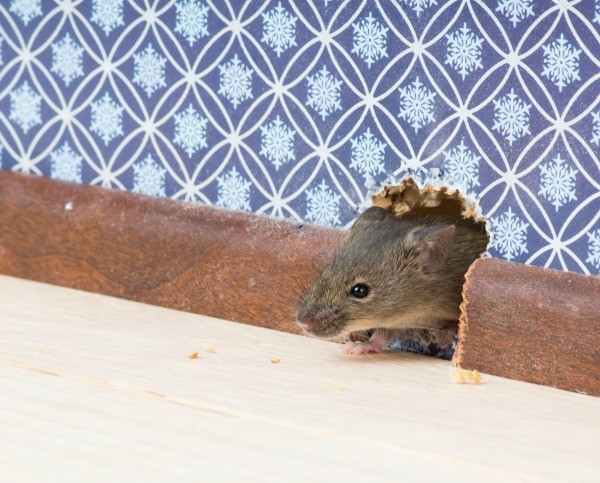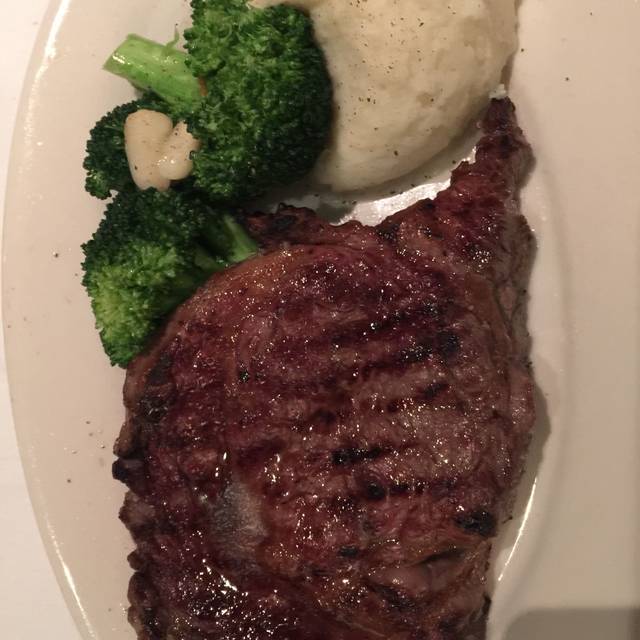Table Of Content

A mouse exterminator is worthless if there are still entryways into the home. Thoroughly clean and disinfect the area where the mouse was caught to eliminate any remnants of urine or faeces. Popular bait choices include peanut butter, chocolate, and cheese. Apply a small quantity of bait on the trap's trigger mechanism, ensuring not to overload it. Place traps close to, and at right angles to, walls so the treadle may be activated from either direction. If you decide to carry out the work yourself, then you can buy amateur use poisons and traps from a hardware store or garden centre.
How To Catch a Mouse
I put bags of "Mouse Magic " down and they just ate into the bags. I now have 3 battery run sonic boxes that seemed to work for a time (yes, the batteries are good) but now that cold weather is here they are back in my car. I have put snap traps in the car and the snap traps work but I would rather deter them than trap them. I don't mind sharing my space but when driving down the road and one jumps up into the passenger seat it is disconcerting and I worry about the damage they can do. Mouse traps are not only inhumane but also they don’t keep mice out of your house.
Steps to Banish Rats and Mice from Your Shed, Barn, and Farm
How to Get Rid of Mice, According to Experts - Good Housekeeping
How to Get Rid of Mice, According to Experts.
Posted: Fri, 29 Sep 2023 07:00:00 GMT [source]
You should check traps regularly, ideally every few hours, to minimize the amount of time mice will spend in captivity. If you have caught a mouse, approach the trap calmly to avoid startling or injuring the captured mouse. Ensure the trap has securely captured the mouse so it cannot escape, checking the snap-back mechanism has successfully closed it in. 'Live traps usually consist of a cage with bait inside that attracts mice,' explains Georgios Liakopoulos. 'As soon as the rodent gets inside, the door will close behind it, trapping the mouse.' You can then remove the mouse from your property. There have been numerous studies that look at the effect of ultrasonic sounds on rodents.

Signs of a Mouse Infestation in Your Walls

Once you've properly contained or eliminated food sources, it's time to look for water sources. If you think you have mice in your attic, there are a few things you can do to get rid of them. While getting rid of mice is no easy task, with a little patience and effort, you can mouse-proof your home this winter. When the weather gets colder, mice start looking for a warm place to nest. If you use a live trap, it's recommended that you release the mouse at least two miles from your house to prevent them from getting back in. Being able to take the food without harm at first lulls them into a false sense of security, and they will approach the traps with less caution, making successful capture more likely.
California’s New Laws Affect Ground Squirrel Control Efforts
"Pay close attention to where pipes enter the house, and check basement foundations," says Mannes. Attach door sweeps to the bottom of outside-facing doors to keep mice from scurrying underneath. Get rid of mice in the walls of your home by scenting your house with peppermint oil. Try placing cotton balls doused with peppermint essential oil in spots where you have spotted mouse droppings. Perfume the home with peppermint oil in your vacuum cleaner bag to help freshen the air and keep them away.
How long do mice stay in walls?
Those offspring can begin to reproduce themselves in as little as six weeks and live for as many as three years. Rats and mice cause similar damage but they look and behave differently. Find out the safest, easiest, and most common ways to make mice go away. These oils are very potent, and the smell is appealing to most people. While roaming around your place, the mouse often leaves the footprints or tracks. If you found the marks of the four-toed front and five-toed back feet, then it is confirmed they are of a mouse.
What Do Rats Eat? Their 13 Favorite Foods
Mice aren’t just a nuisance; their presence can also be a health hazard. Pest control technicians have advanced tools and the experience to remove mice and their droppings without further contaminating the home. They know how to get rid of mice in the walls and other areas that are difficult to access. In addition, many professionals carry humane lethal traps or use capture-and-release methods that are kinder to the wildlife than traditional traps or pesticides.
Choose a trap
If mice are getting into the garage, the garage door sweep (the rubber strip under the bottom of the door) could be misaligned or damaged causing gaps and holes. "Mice are nocturnal by nature and very wary; they often wait until there is no noise in the household before they start to forage," says Lerman. He notes that peak activity is usually 2 to 4 a.m., but if the area is populated with food and if there are no threats around, they may relax and feed anytime.
If you have a minor infestation, this humane trap will help you effectively remove mice without killing them. For any house mouse infestation, we would always recommend contacting a professional pest control company. Before placing snap traps, confirm you're dealing with mice, not rats.
Vents help release air to the outside and keep air moving inside the house. They also help reduce humidity and moisture buildup in certain areas, like basements and crawl spaces. What causes those cracks is the settling of the ground after construction has disturbed it.
It’s more important to prevent mice with exclusion methods that deter mice from entering your home in the first place. You’ll often finding droppings under sinks or near toilets or in wet basements or garages. Once they get into the kitchen (often via plumbing), they will look for food. Mice can easily chew through food packaging and you’ll find proof of them by the droppings they leave along their path (as well as urine stains which may not be as visible). If you choose to proceed with poison, place pellets in a tamper-resistant bait station (typically a large black box with one entrance and the poison deep inside) to prevent any accidents.
“You may hear mice squeaking, gnawing, or traveling through the walls. They may also leave behind droppings and gnawed materials,” explains Matts. (Hard to believe, I know.) The spray contains a mix of peppermint oil (4%), water, glycerin, polyglycerol oleate and soap. Snap traps were the most efficient at stopping the parade of hungry freeloaders. Unlike the trapdoor traps, these mousetraps do kill the mice but they do so with merciful efficiency.
He has a vast experience with nature while living and growing up on 50+ acres of fields, woodlands, and a freshwater bass pond. Zack has encountered many pest situations over the years and has spent his time maintaining and planting over 35 species of trees since his youth with his family on their property. Morris, C. F., McLean, D., Engleson, J. A., Fuerst, E. P., Burgos, F., & Coburn, E. Some observations on the granivorous feeding behavior preferences of the house mouse (Mus musculus L.).
Set traps along walls and in areas where mice are likely to roam, such as behind furniture and inside kitchen cabinets. They can then recommend a proofing strategy and decide on the best course of action in terms of control; this could be traps, rodenticides or a combination of both. During their nightly visits, mice leave urine and feces everywhere they go. This is why you need to thoroughly clean any areas where mice might roam.
As you're inspecting, watch for potential food and water sources. Mouse food doesn't need to be appealing to humans, they'll happily eat from garbage cans or compost piles, as well as bird feeders. When inspecting, start by walking around the exterior of your home with your flashlight and looking from top to bottom. Check along the eaves, roofline, and chimney for any gaps, and look around the foundation, too. Keep an eye out for shredded paper or plastic, or insulation that has been pulled out of place.
Just like doors, windows can sit slightly crooked in the frame, giving mice a way inside. Old wooden doors that are chipped at the bottom are vulnerable to chewing as well, which can widen the gap enough for a sneaky rodent to slip through. Your doors may look solidly closed, but if the hinges are slightly crooked, mice can slip through the bottom or sides of the door with little trouble.








